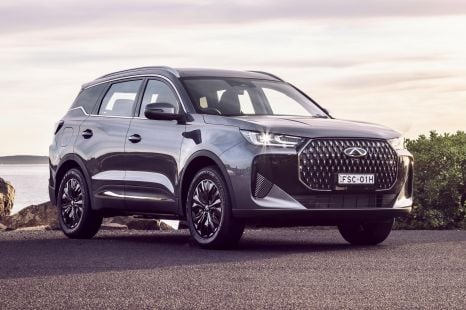

Max Davies
2025 Chery Tiggo 7 Super Hybrid review
1 Month Ago
The Honda CR-V is up against a lot of newer rivals, but there's still lots to like about this venerable family crossover.
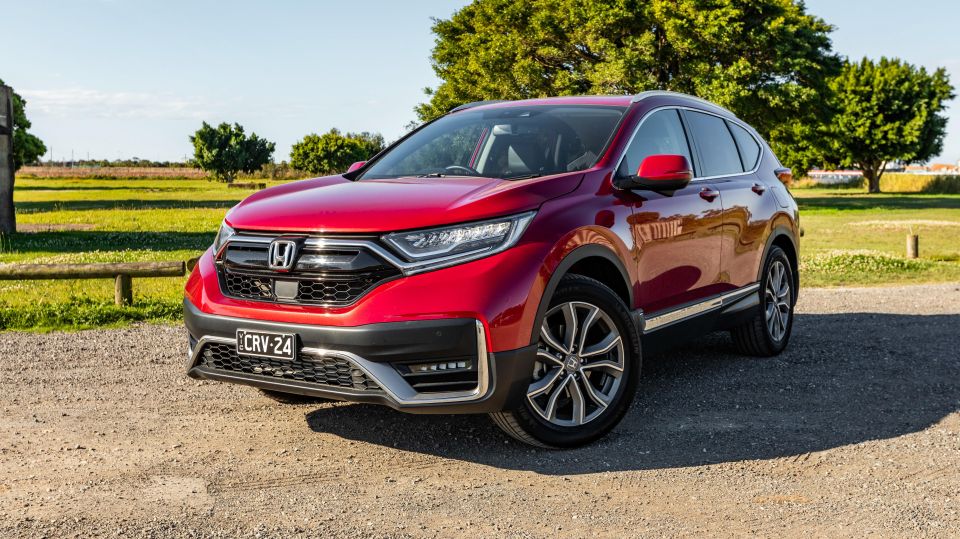
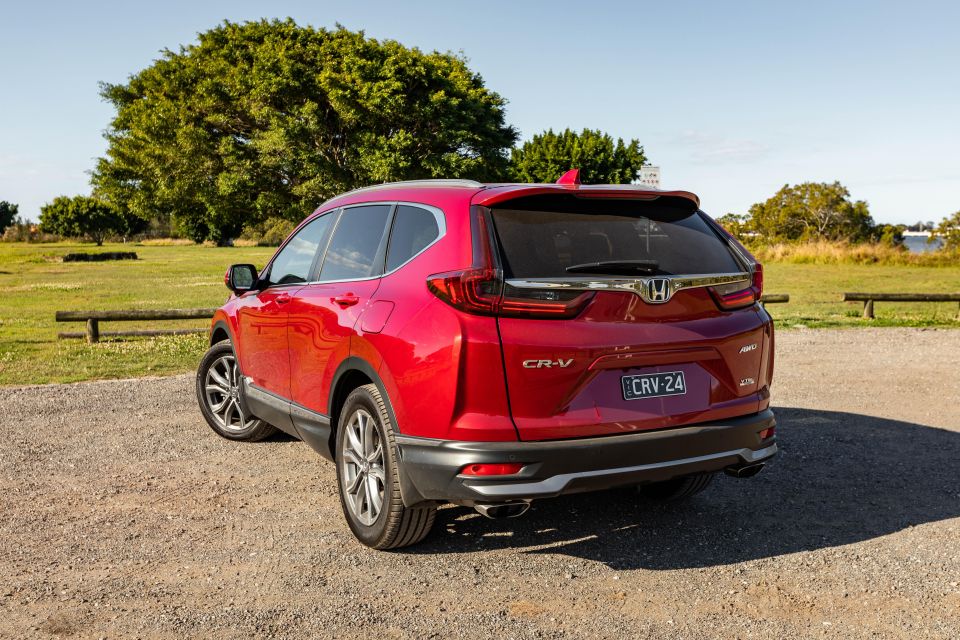

Quickly see how this car stacks up against its competition. Select any benchmark to see more details.
Where expert car reviews meet expert car buying – CarExpert gives you trusted advice, personalised service and real savings on your next new car.
Ah, the trusty Honda CR-V.
While waiting times for the Toyota RAV4 stretch out to 12 months, Chinese SUVs like the Haval H6 and MG HS rapidly gain ground, and the flashy Hyundai Tucson and Kia Sportage capture buyers’ attention, the CR-V just keeps ticking along.
It’s still comfortably mid-pack in the sales race, well behind the likes of the RAV4 but comfortably ahead of many rivals, and it still offers a rare-for-the-segment three-row option.
If it has gotten a bit lost in the fray, Honda intends to rectify that shortly. A redesigned, sixth-generation CR-V is expected to be revealed soon, and a patent image of it has already been leaked.
With a new model coming soon, however, is the current model still worth considering in this crowded segment? We put the top-spec 2022 Honda CR-V VTi LX to the test
Honda offers a wide range of CR-V models, with five front-wheel drive variants – two with a third row of seating – and two five-seat all-wheel drive variants. All bar the base Vi feature a turbocharged 1.5-litre four-cylinder engine.
At the very top of the range sits the VTi LX, a flagship all-wheel drive, five-seat variant.
As part of a switch to an ‘agency’ sales model, where Honda owns its stock, its entire range has fixed nationwide drive-away pricing. The VTi LX is priced at $53,500 drive-away.
Metallic paint is a no-cost option, with our tester finished in the rather dull Ignite Red, which lacks the lustre of red finishes on the Mazda CX-5 and Mitsubishi Outlander.

All-wheel drive rivals include:
All prices exclude on-road costs, unless otherwise noted.
The CR-V may have fixed drive-away pricing, but that doesn’t mean it significantly undercuts all its rivals. For example, a RAV4 Cruiser AWD Hybrid is around $53-54,000 drive-away, depending on your state; ditto the current nationwide drive-away pricing for the Sportage GT-Line ($54,130).
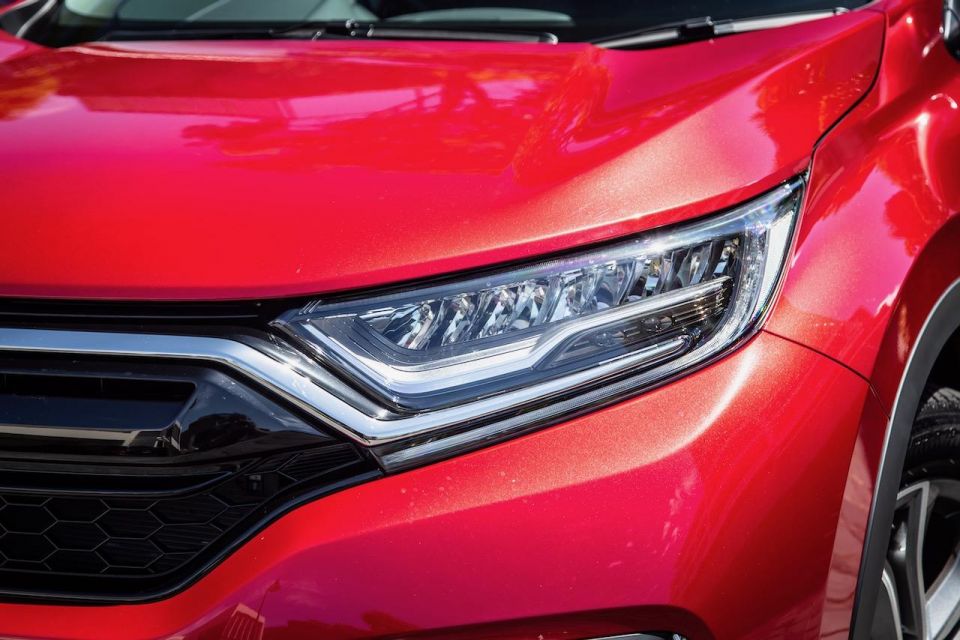
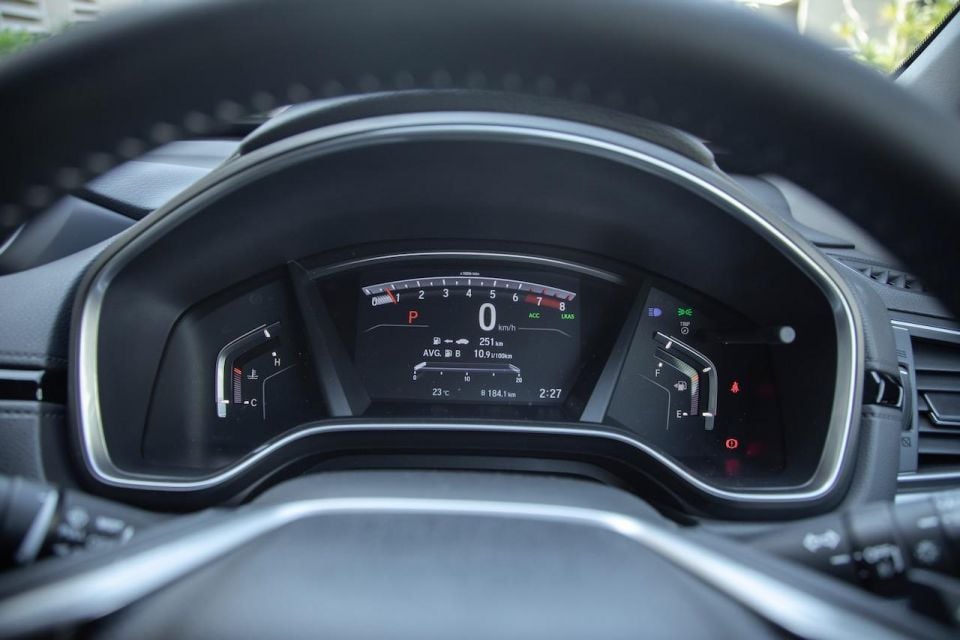
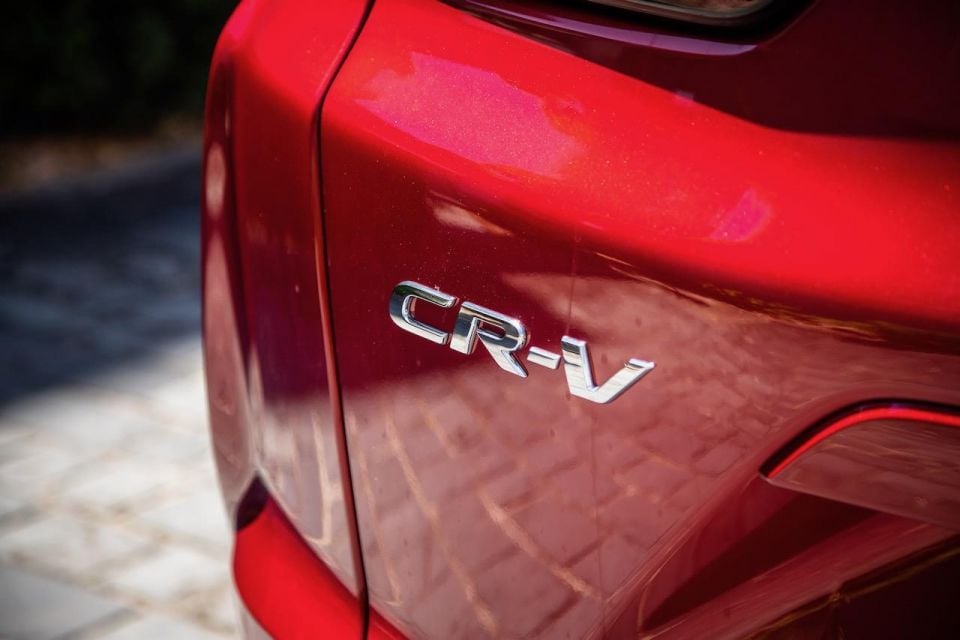
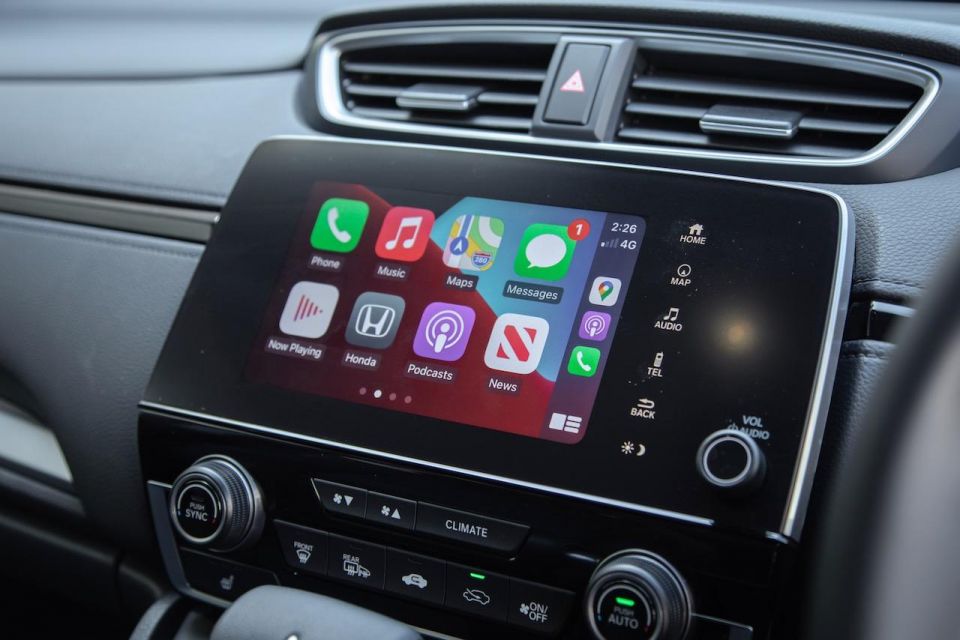
CR-V VTi LX highlights:
If you want these features in a seven-seat or front-wheel drive CR-V, you’re out of luck.
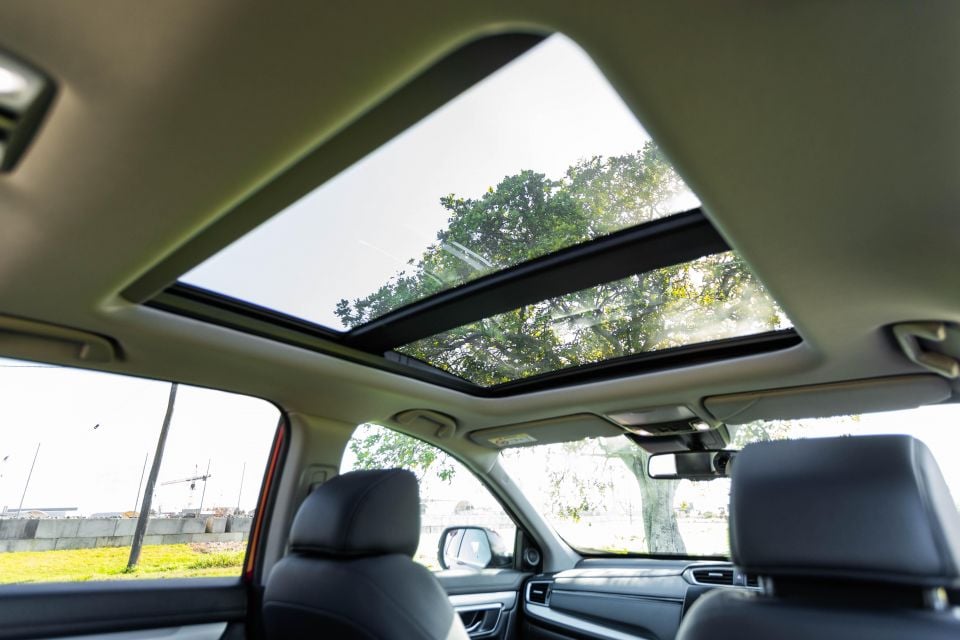
The VTi LX also includes the following features found in lower grades:
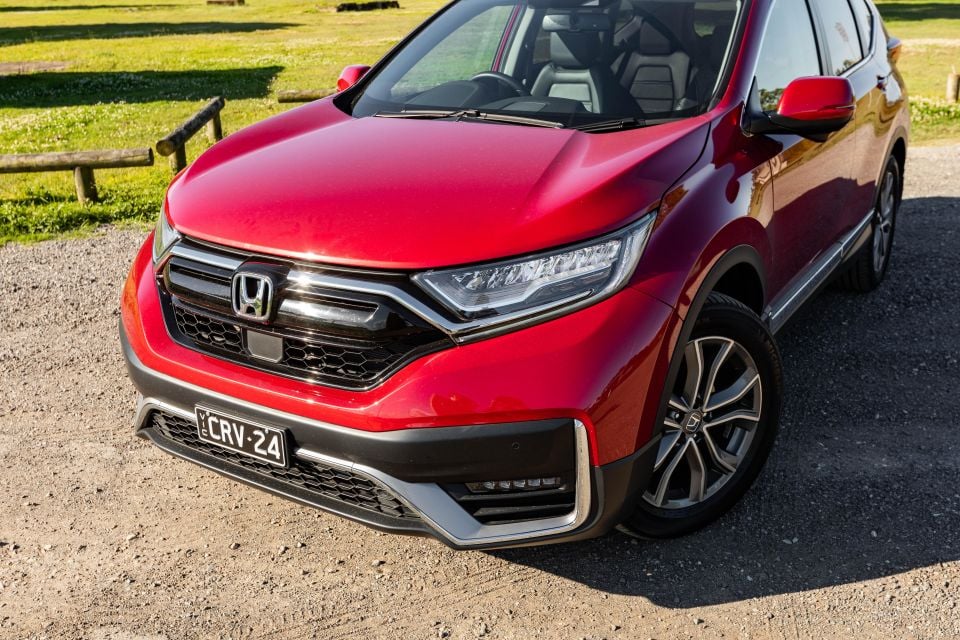
For the price, there’s a long list of standard equipment but there are still some omissions. For example, there are no ventilated front seats like in the Tucson, Sportage, H6, Cherokee, CX-5, Koleos and RAV4.
You also won’t find Matrix LED headlights or wireless smartphone mirroring like the Tiguan, heated rear seats or a head-up display like on the CX-5, or semi-autonomous parking assist like the Koleos.
That 7.0-inch touchscreen is also smaller than most rivals, with a 10.25-inch screen standard on the CX-5 and Tucson, while the Sportage offers an even larger 12.3-inch display.
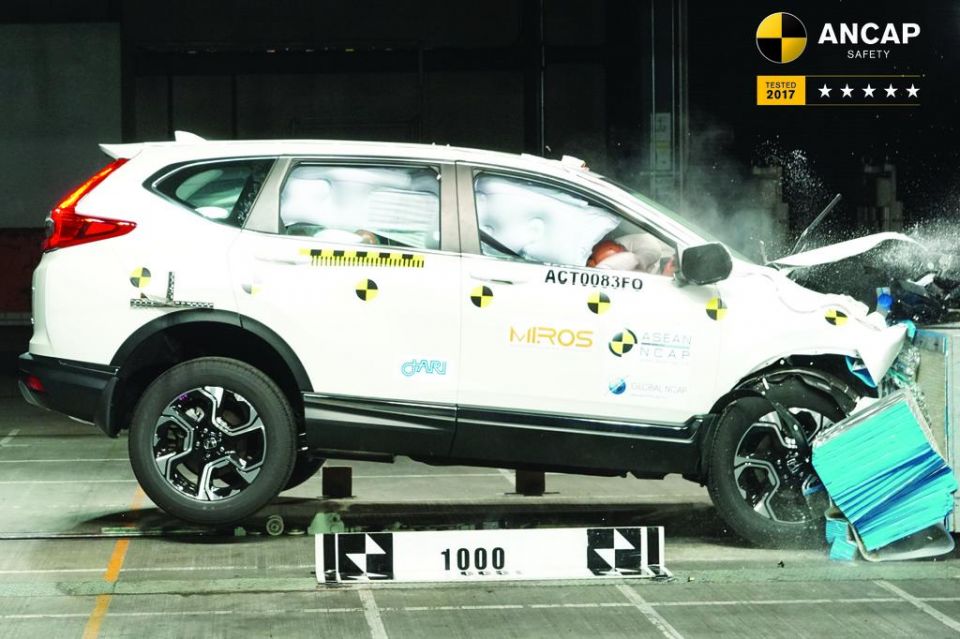
The CR-V has a five-star ANCAP safety rating, on the back of testing conducted in 2017.
It received whiplash and pedestrian protection ratings of Good and Acceptable, respectively, plus an overall score of 35.76 out of 37 against older criteria.
There’s no conventional blind-spot monitoring, although Honda’s LaneWatch system projects a camera view of the vehicle’s side on the touchscreen when you activate the left indicator.
That gives you a bigger projection than the Hyundai and Kia’s Blind Spot View Monitor, which displays camera footage within the digital instrument cluster, but unlike those rivals it doesn’t show you footage when you activate the right indicator. Unusually, there’s no rear cross-traffic alert, a feature that’s standard in almost every top-spec mid-sized SUV.
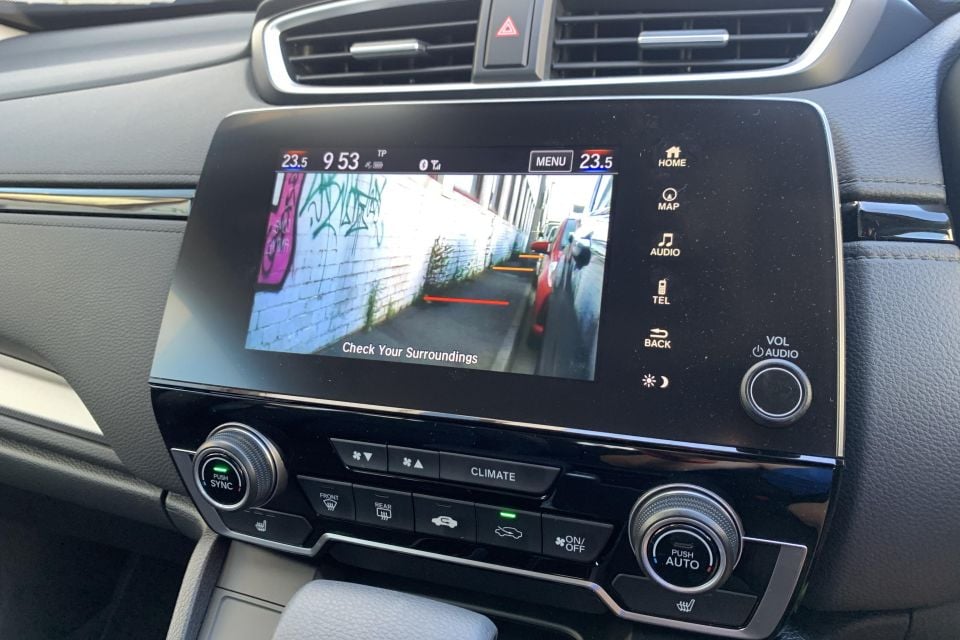
There are two lane-support systems in the CR-V: Road Departure Mitigation and Lane Keeping Assist.
The former is an automatically-activated system that provides a gentle nudge if you try to cross a road line, the other is a system you activate via a button on the steering wheel that more forcefully keeps you within your lane.
Standard safety equipment includes:
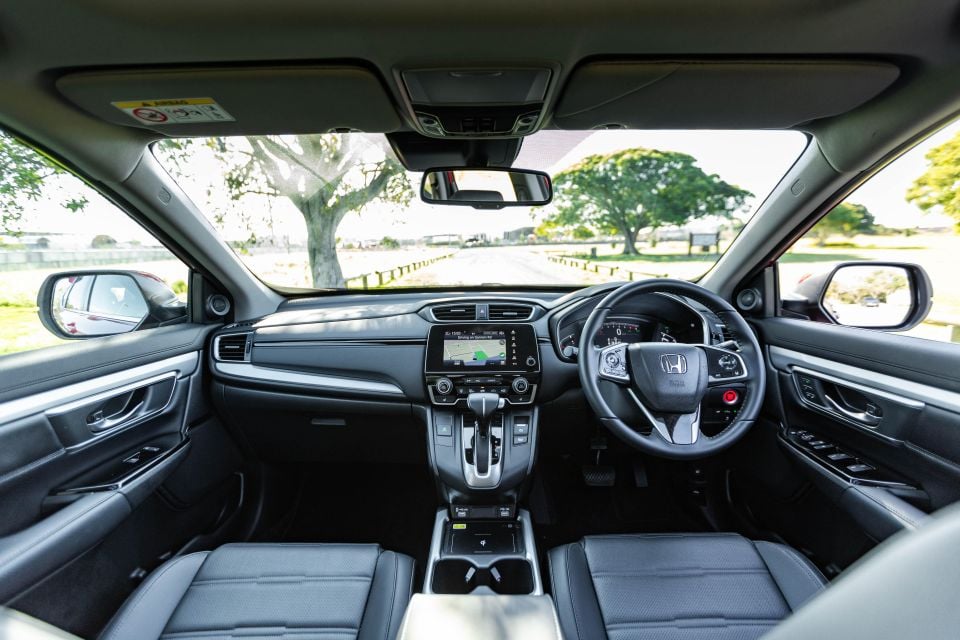
For a vehicle approaching the end of its lifecycle, the CR-V’s interior still presents well overall. In some areas, however, it shows its age.
The infotainment system is perhaps the most obvious. At 7.0 inches, it’s one of the smallest screens in this segment, and its response times are behind the screens in newer rivals.
The graphics are a bit dated, too, though at least there’s (wired) Android Auto and Apple CarPlay, a decent embedded satellite navigation system, and shortcut buttons to the side.
Put the CR-V in reverse and there’s a delay before the guidelines appear, while the camera quality is low in resolution. You won’t find a surround-view camera here, either.
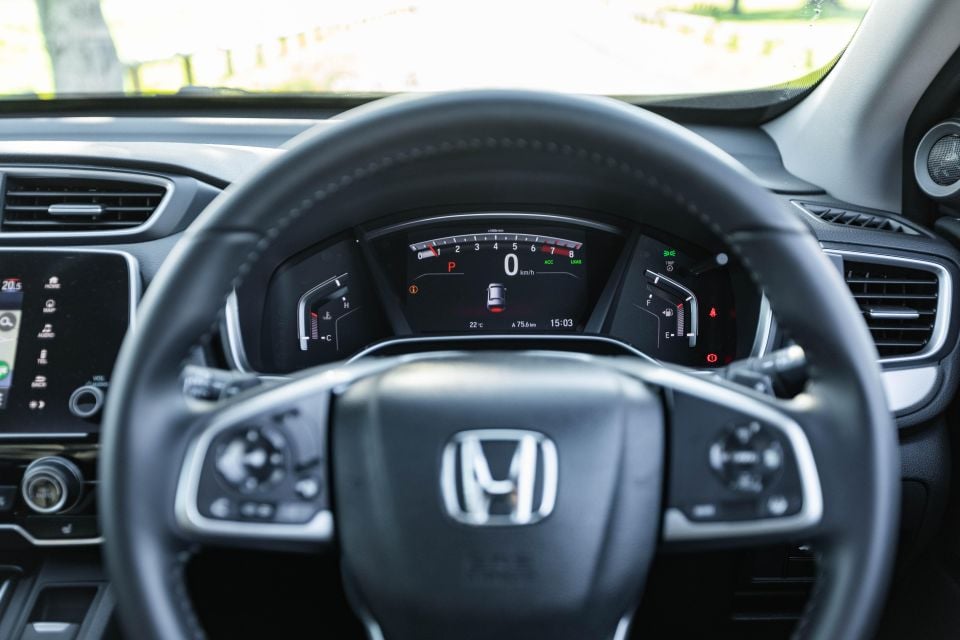
The instrument cluster features a 7.0-inch screen flanked by semi-digital temperature and fuel gauges. It’s not as modern as, say, the completely digital instrument clusters found in rivals like the Tucson and Escape, but it’s neatly presented and legible.
A large digital speedometer appears in the centre of the central screen, and a giant flashing orange icon will appear here if the forward collision warning is triggered.
Usefully, your navigation directions will appear in the instrument cluster, even if you’re using smartphone mirroring to navigate to your destination.
There’s no traffic sign recognition so the speed limit won’t appear in the instrument cluster, however the CR-V uses navigation data to display a speed limit in the navigation display.
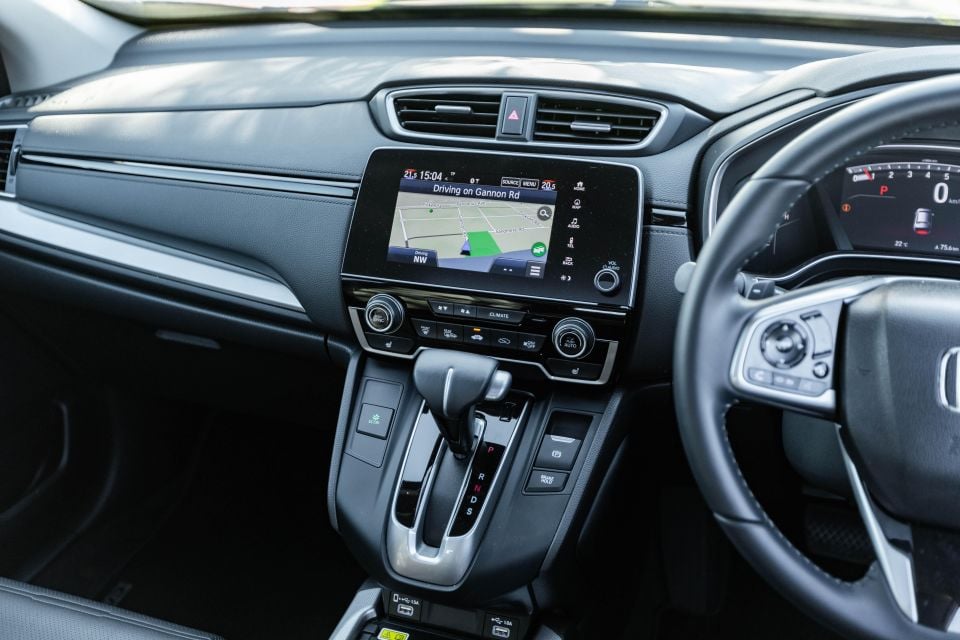
Navigating the menus in the instrument cluster takes a minute to get used to, as the steering wheel switchgear you use to toggle between screens is also used to skip song tracks.
The VTi LX isn’t particularly distinguished from lesser CR-Vs in terms of materials, but that’s no great loss as all CR-Vs feature plenty of soft-touch material across the dash and doors.
The dashboard design is a touch fussy, but Honda has largely gotten the details right. There are attractive stitching details, while the metal-look trim has an interesting texture and doesn’t simply look like painted plastic.
We welcome the reprieve from the all-too-common piano black trim. You’ll find a little bit of the gloss black stuff in the CR-V’s cabin, but it’s used sparingly – around the shifter, for example, and around the window controls.
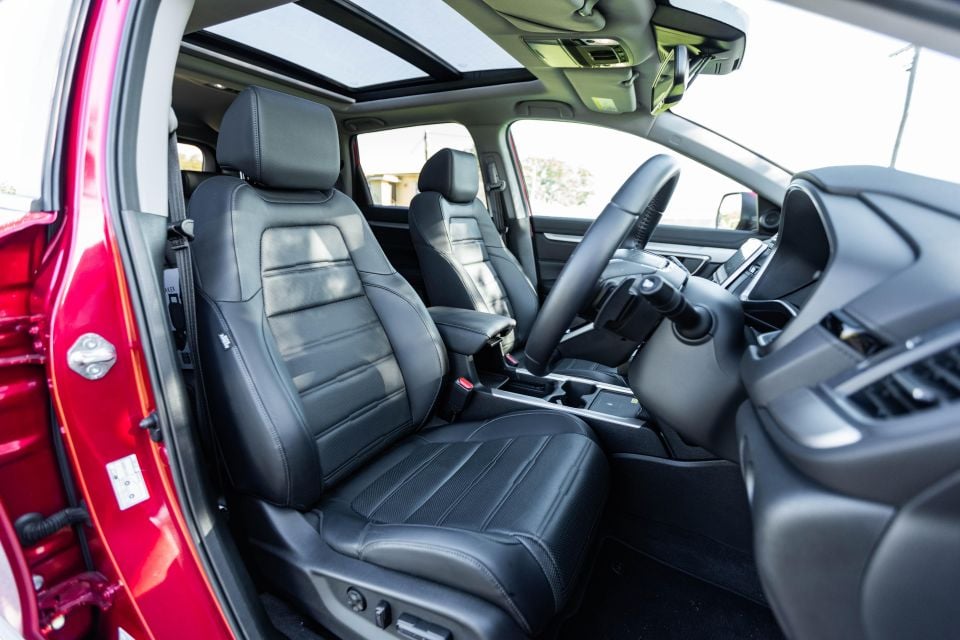
The shifter is mounted nice and high on a ledge of sorts that juts out from the centre stack.
The detailing of said ledge could be nicer as it looks a bit unfinished, however we appreciate the presence of padded leatherette trim on either side of it where your knee might rest.
The leather-appointed seats are a bit on the firmer side, but proved comfortable over long stints behind the wheel.
Build quality feels good, although the centre console bin lid flexes a touch too much and we did sporadically notice a faint rattle.
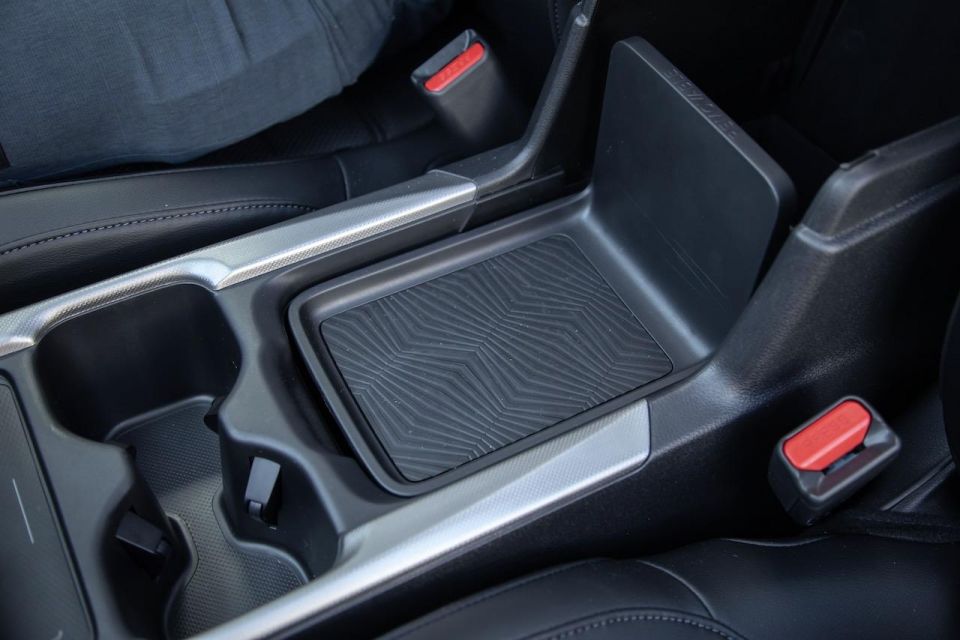
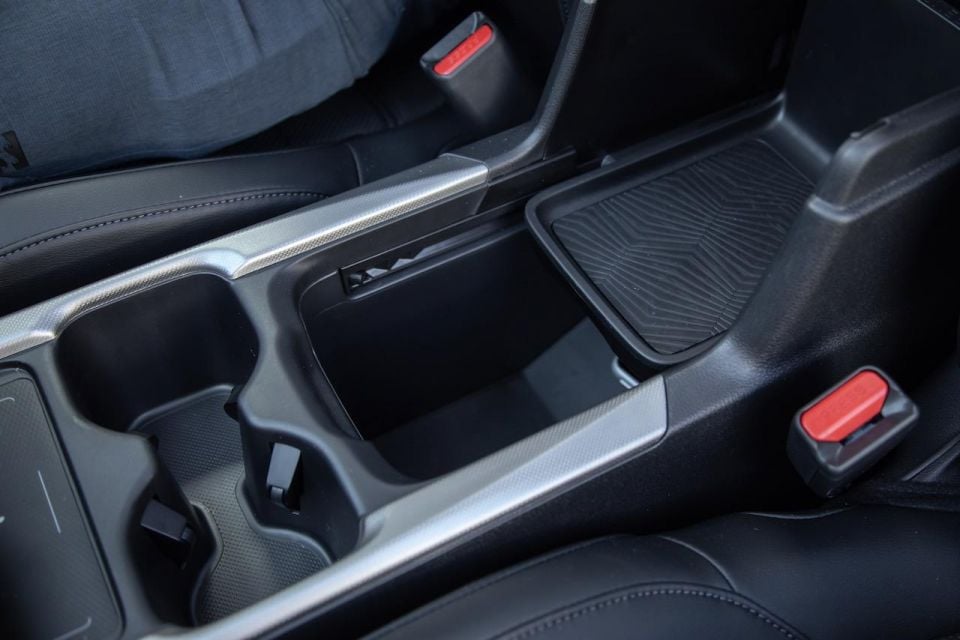
We like the cavernous centre console. It’s deep, while a sliding (and removable) L-shaped plastic insert allows you to either have an exposed ‘pit’ of sorts or cover it over to form a conventional centre console bin.
There’s a 12V outlet and cupholders inside the pit, while ahead of it is a wireless charging pad and two USB-A outlets. The charging pad will only just fit my Google Pixel 6 Pro, so some larger phones will struggle.
Also of note is a conversation mirror on the roof, allowing you to more clearly see back-seat occupants.
The CR-V’s cabin is nice and airy, if not quite to the same extreme as the Subaru Forester’s. The panoramic sunroof lets in more light and yet doesn’t compromise headroom – I’m 180cm tall, and I can still sit comfortably with clearance to spare in the back seat.
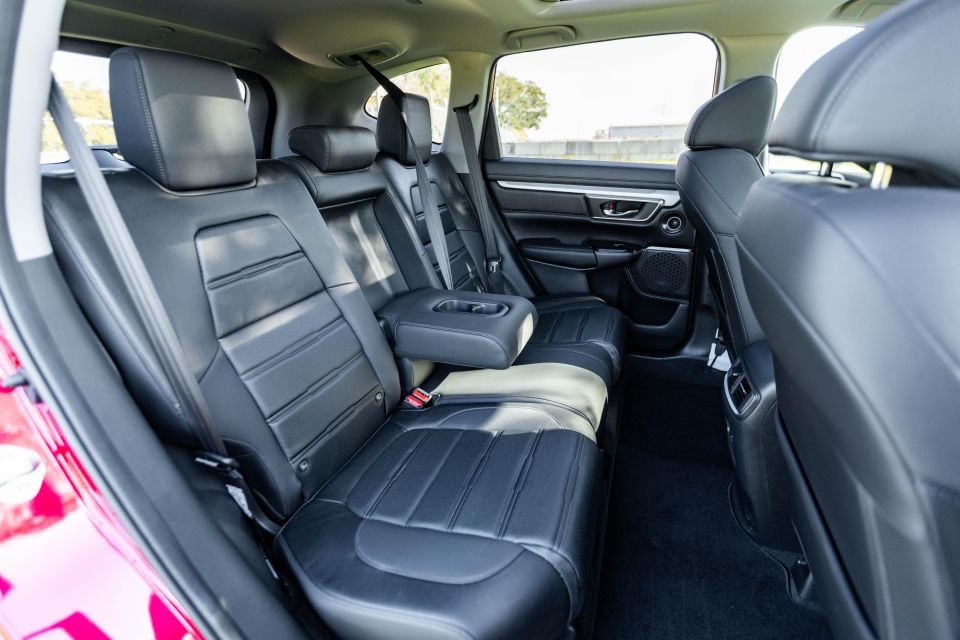
The rear doors open 90 degrees to this spacious second row. The floor is quite flat, and leg room is ample.
As with the front doors, the rear doors feature both a bottle and a can holder, while the front seatbacks are upholstered and feature map pockets.
Other back-seat amenities include rear air vents, two USB-A outlets, and a fold-down centre armrest with cupholders.
If you have small children, you can use one of the three top-tether anchor points for a child seat. There’s also an ISOFIX point for each outboard rear seat.
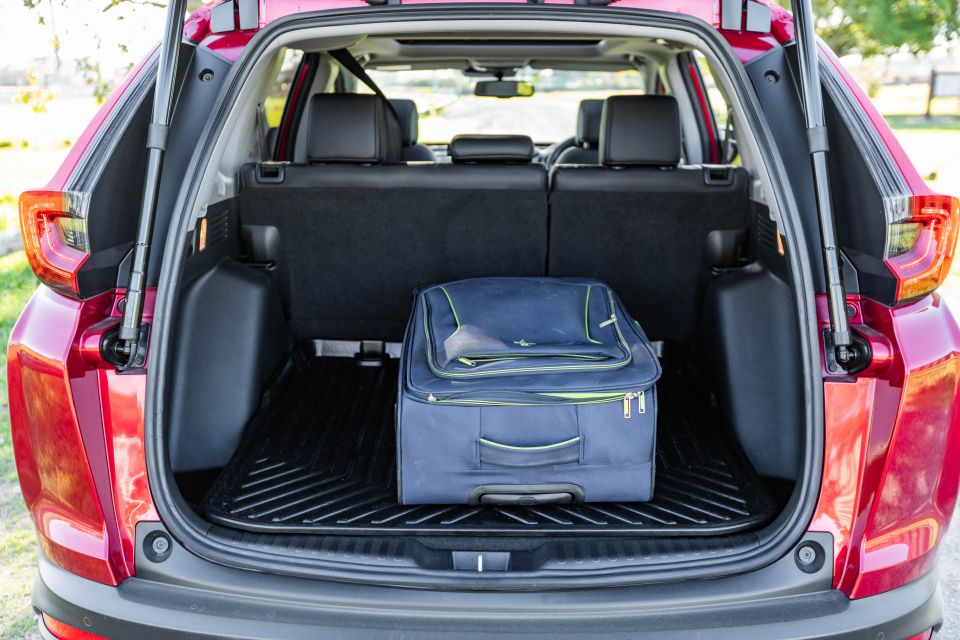
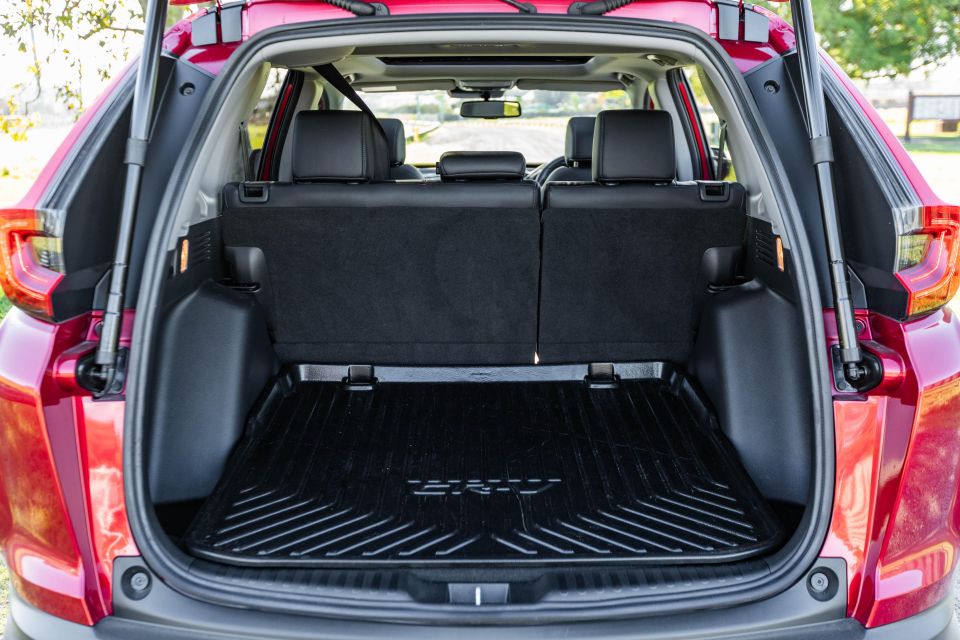
Where expert car reviews meet expert car buying – CarExpert gives you trusted advice, personalised service and real savings on your next new car.
Lift the tailgate and you’ll find 522L of space, which is fairly spacious for the segment – that makes sense, as some CR-Vs are also available with two seats back here.
This expands to either 1084L or 1658L with the second row folded, depending on whether you measure to the window line or to the roof.
You can drop the second-row seatbacks with the press of a button, and there are handy storage nooks on either side of the main boot floor.
The CR-V also comes with a full-size alloy spare.

All versions of the CR-V bar the entry-level Vi grade are powered by a 1.5-litre turbocharged four-cylinder petrol engine. While that may sound a touch small in a segment dominated by 2.0-litre and 2.5-litre units, its outputs stack up well against those larger but naturally-aspirated engines in its rivals.
The 1.5-litre turbo produces 140kW of power at 5600rpm and 240Nm of torque between 2000 and 5000rpm, and is mated with a continuously-variable transmission (CVT) and all-wheel drive in VTi LX spec.
That means peak torque is available lower than many rivals’ larger but naturally-aspirated engines. For example, a Nissan X-Trail’s 2.5-litre produces 126kW at 6000rpm and 226Nm at 4400rpm, while the Mazda CX-5’s naturally-aspirated 2.5-litre produces 140kW at 6000rpm and 252Nm at 4000rpm.
The official combined cycle fuel consumption rating is 7.4L/100km. You can run the CR-V on 91 RON regular unleaded, which is a relief during this time of high petrol prices.
Over a loop comprising inner-city, suburban and highway driving, we averaged 7.7L/100km. This increased to 10.4L/100km over the course of our time with the vehicle, with a heavy skew towards urban driving.
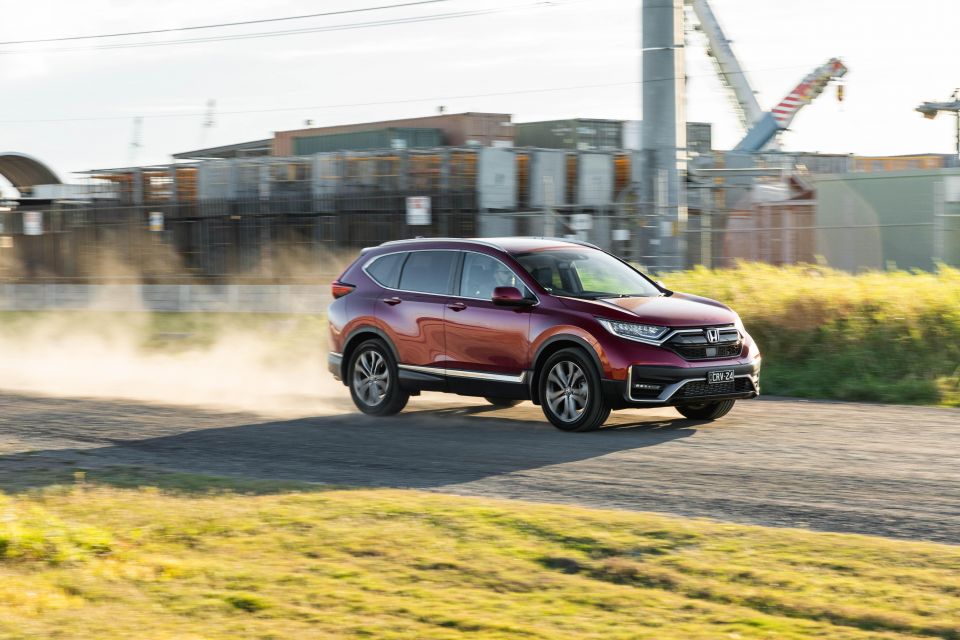
The CR-V is comfortable to drive.
Peak torque is available from just 2000rpm, so you don’t need to work the CR-V all that hard. The CVT keeps the turbo engine in its optimal band and there’s just the faint whistle of the turbocharger under throttle.
Drive it more spiritedly and the CR-V gets rather raucous. There’s rev flare from the CVT, and the engine drones loudly.
You can shift between seven artificial gears using the paddle shifters, but we quickly grew tired of this manual mode as it seems to amplify the droning.
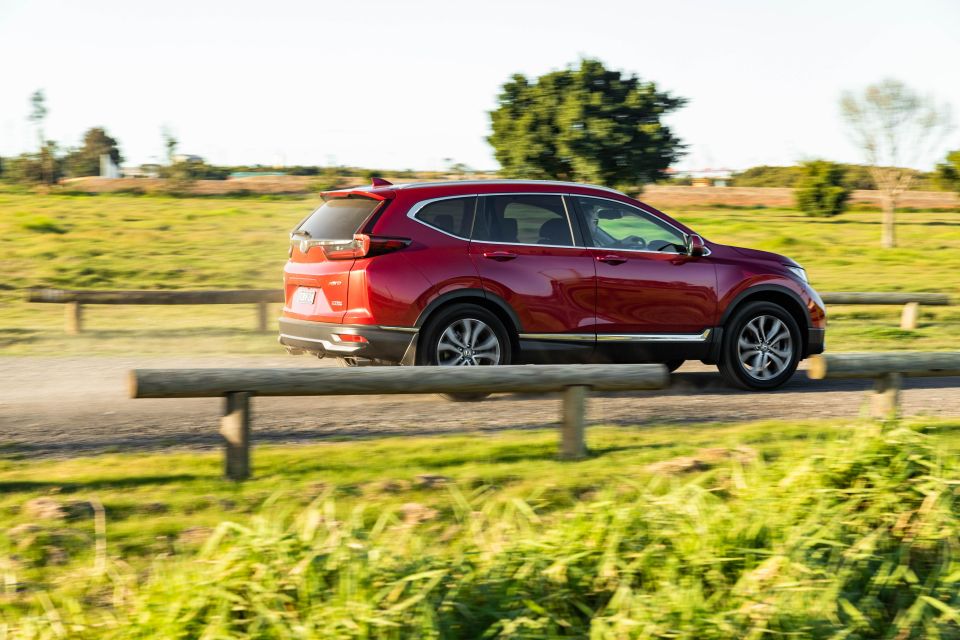
There’s no button or dial for Sport mode. Instead, you pull the shifter down to the S detent.
Alas, the shifter feels old and cheap in its operation, and reminds us of the similarly disappointing unit in the Suzuki Vitara. Pulling it down to put into Sport mode feels like a throwback to a decade ago, and you’re guaranteed to accidentally shift past Drive to Sport more than once.
There’s really no reason to push the CR-V as it never feels lacking in power, even if it doesn’t pin you back in your seat when you enter the traffic light Grand Prix.
Should you find yourself on a winding road, you’ll discover the CR-V comports itself quite well. There’s some body roll in corners, but it’s measured and the CR-V’s handling is overall quite neutral and balanced.
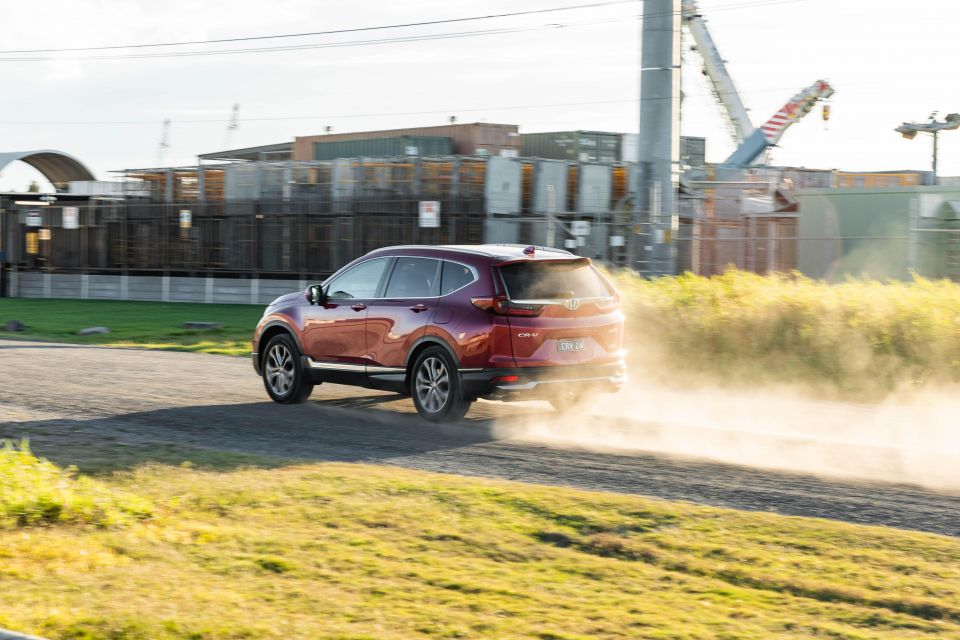
The steering has an ideal and very consistent weighting for a mid-sized SUV – it’s light enough to make tight manoeuvres easy without ever feeling vague. The CR-V is easy to weave around parking garages and its turning circle is a competitive 11m.
The ride is rather firm, and some bumps reveal a sharp edge – that’s likely the fault of the larger 19-inch alloy wheels of the VTi LX.
Overall, however, it’s quite pliant and certainly more comfortable than a Mitsubishi Outlander on 19-inch alloys; the CR-V doesn’t feel busy or fidgety like the Mitsubishi, and body control is quite good.
Wind noise and tyre roar is well-contained and the CR-V is a capable highway cruiser, particularly with its active lane centring and adaptive cruise control activated.
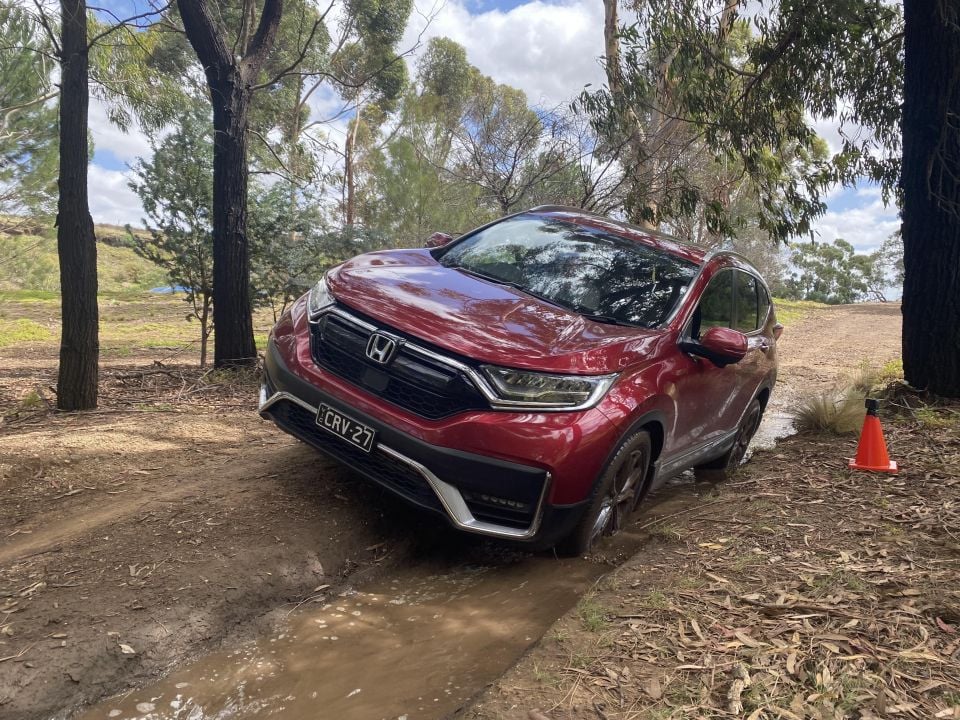
Honda doesn’t market the CR-V as some kind of all-terrain champion, so it was little surprise we found it to be one of the poorer performers in our recent SUV off-road test.
There are no dedicated off-road modes like many rivals, and the all-wheel drive system struggled to extricate the CR-V from the offset moguls on our off-road course. The CR-V’s chassis did, however, prove rigid, and the off-road display screen in the instrument cluster handily told us to which wheels power was being sent.
We took the CR-V to a hillside covered in logs and found it simply couldn’t climb up if we stopped halfway. The only way it could tackle the hill was if we maintained momentum climbing the hill, and even then it wasn’t as confidence-inspiring as some of its rivals. It was comfortable, though.
Will this lack of ability bother most CR-V buyers? Probably not. However, it’s worth noting there are rival crossovers that are more capable.
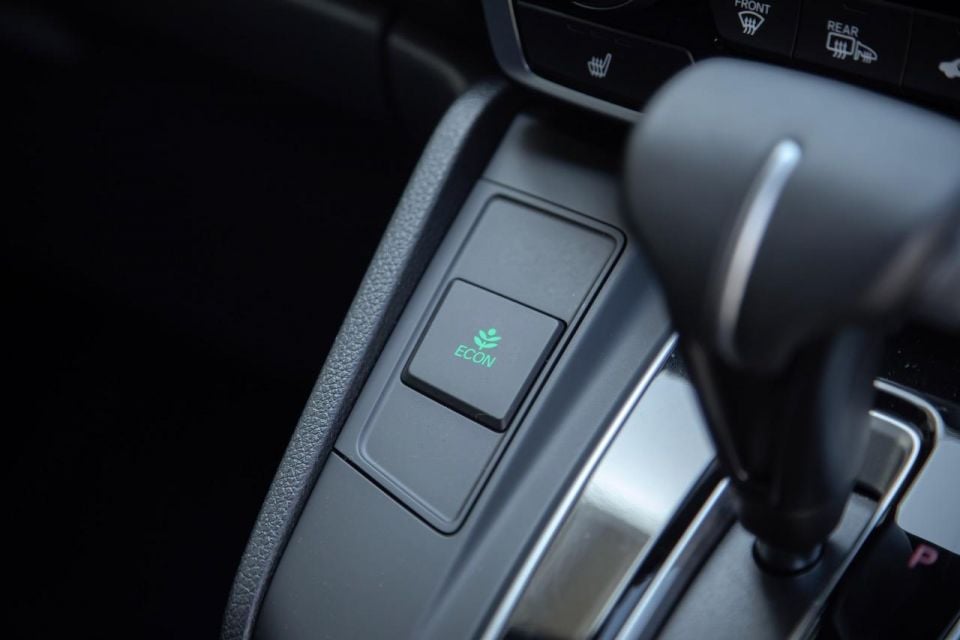
The CR-V is covered by a five-year, unlimited-kilometre warranty.
Servicing intervals are on the short side at 12 months or 10,000km, whichever comes first, but service pricing is dirt cheap for the segment.
Among the changes Honda has made to its dealer model from July 1, 2021, it’s slashed the prices of the first five services to just $125 a pop.
That means the CR-V costs just $625 to service over the first five years, down from $1560 previously. Even Toyota can’t quite beat that, capping the first four RAV4 services to $215 each albeit with a more generous 12-month/15,000km servicing interval.
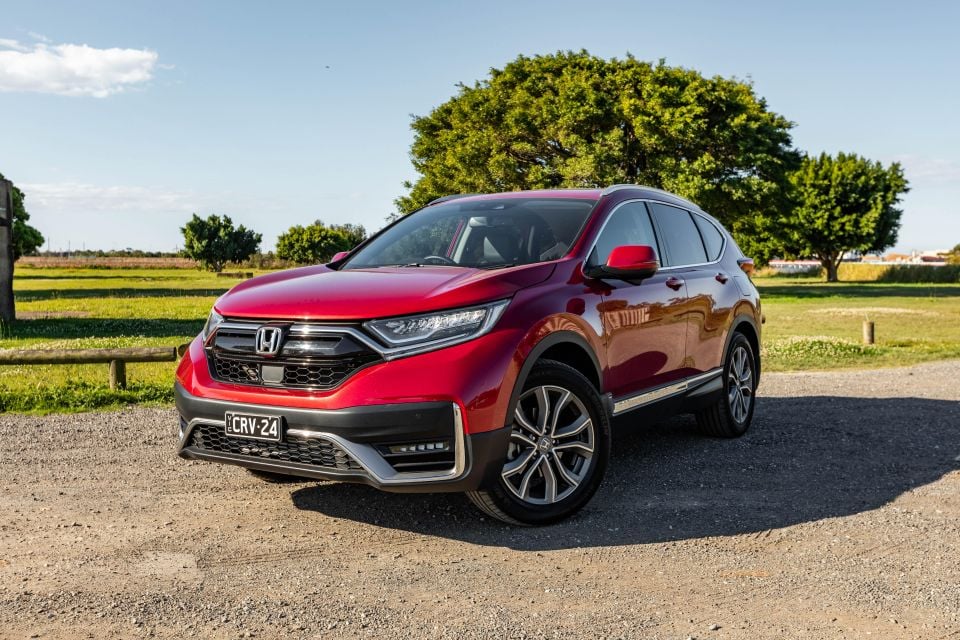
The Honda CR-V VTi LX ticks a lot of boxes for a mid-sized family SUV – it has a spacious, comfortable cabin with a large boot and doors that open wide.
Fuel economy is good while power and torque outputs are competitive for the class, its ride is generally comfortable and its handling safe and neutral. Throw in cheap servicing costs and there’s a lot of reasons to put the CR-V on your shortlist.
It’s showing its age in some respects, however. The touchscreen is small and the infotainment system mediocre, and numerous similarly-priced rivals offer more technology – head-up displays, surround-view cameras, and rear cross-traffic alert systems, among others.
These absences on the spec sheet aside, the CR-V does little wrong. So while it mightn’t be the freshest-looking mid-sized SUV, it’s still worthy of consideration.
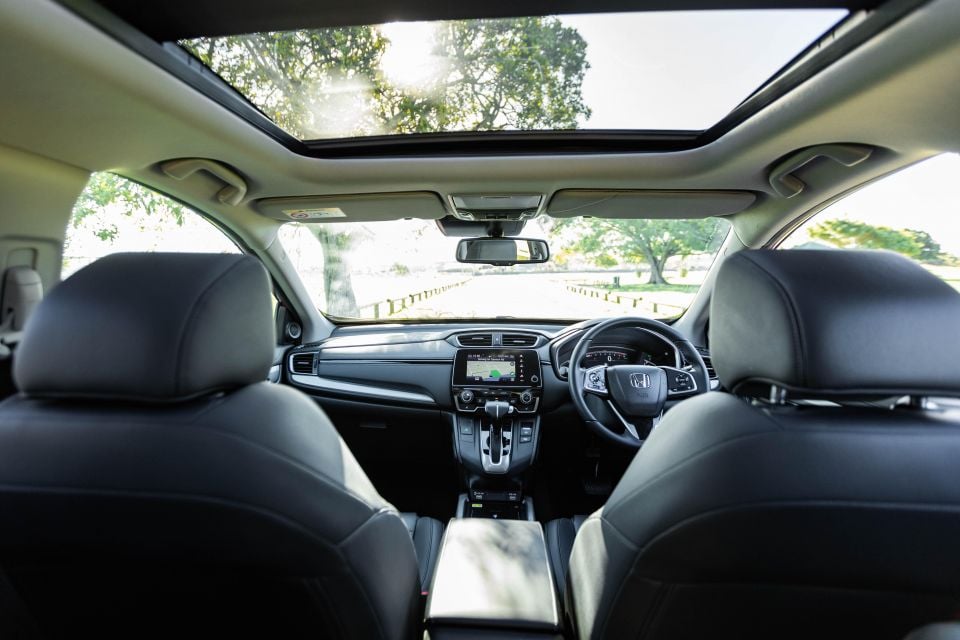
Click the images for the full gallery
MORE: Everything Honda CR-V
Where expert car reviews meet expert car buying – CarExpert gives you trusted advice, personalised service and real savings on your next new car.
William Stopford is an automotive journalist based in Brisbane, Australia. William is a Business/Journalism graduate from the Queensland University of Technology who loves to travel, briefly lived in the US, and has a particular interest in the American car industry.


Max Davies
1 Month Ago
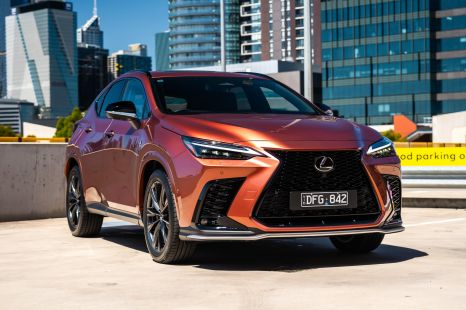

Max Davies
19 Days Ago
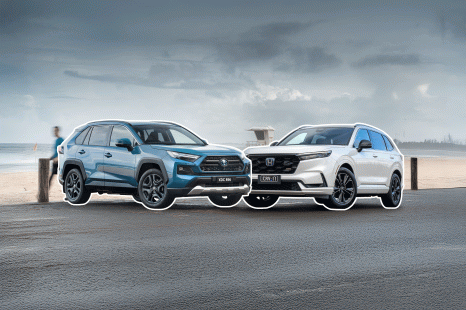

Andrew Maclean
7 Days Ago
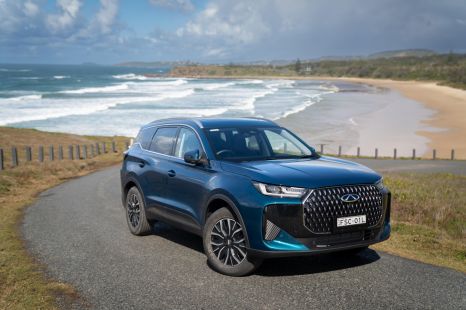

Andrew Maclean
5 Days Ago
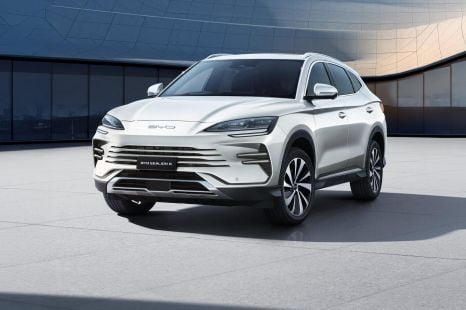

William Stopford
5 Days Ago
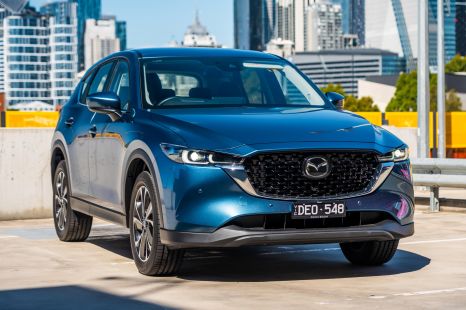

James Wong
4 Days Ago